Watery Eyes - Introduction
Watery eyes, medically known as the epiphora, represent a condition that features the overflow of the tears onto the face instead of being drained into the nasal cavity through the nasolacrimal canal. It can affect all age groups. 5% of babies suffer from watery eyes and the symptoms occur at birth. However, this medical condition predominantly affects older adults.
Tears are produced by the lacrimal gland. They provide proper lubrication of the conjunctiva and prevent dryness of the eyes. Once the tears are produced they are excreted through a specific canal of the lacrimal gland.
They flow over the surface of the eye and collect in the inner corner of the eye. There they enter the nasolacrimal canal which drains the tears into the nasal cavity. In epiphora, the normal draining of the tears is interrupted and they overflow and occur on the face.
Epiphora may affect one or both eyes and it may also be intermittent or permanent. Excess tears may interfere with vision, particularly at night which makes certain activities more difficult. People suffering from epiphora may have problems while driving at night or reading.
Causes of Watery Eyes
In children the leading cause of watery eyes is obstruction of the nasolacrimal canal. In adults epiphora usually occurs due to excessive production of tears which is a characteristic of several eye conditions such as blepharitis and conjunctivitis. Blockage of the nasolacrimal canal may also affect adults and even herpes infection of the eye may cause epiphora.
- Reduced tear outflow is due to eyelid malposition, tear pump dysfunction caused by eyelid laxity, or obstruction at any portion of the nasolacrimal drainage system. Nasolacrimal duct obstruction (NLDO) may be congenital or acquired. Many cases evaluated for epiphora are found to have a combination of causes. In such cases, a multipronged treatment is necessary to address the patient's symptoms and an assessment of treatment response may be needed to help confirm the working diagnosis.
- Dry eye is a multifactorial inflammatory disease affecting the ocular surface. A recent investigation showed that dry eye comprised a significant proportion of patients (40%) referred for tearing.
- In this study, there were 237 subjects with a primary complaint of epiphora. They included 130 (55%) females and 107 (45%) males with an average age of 55.9±25.9y.
- The most common cause of epiphora was lacrimal obstruction (46%); followed by multifactorial epiphora (22%), reflex tearing (22%), and eyelid malposition (11%). Differences in the prevalence of etiology were noted in terms of age and gender distribution.
- Of the 182 (77%) patients who returned for follow-up, 41 (23%) reported a complete resolution and 102 (56%) reported a significant improvement in their symptoms.
Diagnosing Watery Eyes
This condition can be easily diagnosed with a dye disappearance test and lacrimal irrigation. Additional information may be obtained from an X-ray - dacryocystogram. This examination is not performed routinely, only in selected patients. The goal is to determine the underlying cause.
Treatment for Watery Eyes
MedicamentousTreatment
In case epiphora is caused by conjunctivitis, herpes virus, blepharitis, and similar it can be successfully treated with certain medications such as antibiotics, antiviral medications, and lubricants.
They are usually applied in a form of eye drops or ointments.
Surgical Treatment
Surgery is reserved only for certain cases. The surgery includes irrigation and probing. These procedures are performed under general anesthesia.
Probing is a surgical procedure that includes the insertion of a metal probe down the outflow system into the nose. This procedure punctures the fine membrane which is usually a cause of nasolacrimal canal blockage.
In some patients the surgery corrects the abnormal position of the lower eyelid or narrows the tear hole. If a blockage occurs in the lower parts of the draining system the surgeon may create a new pathway. This procedure is called dacryocystorhinostomy.


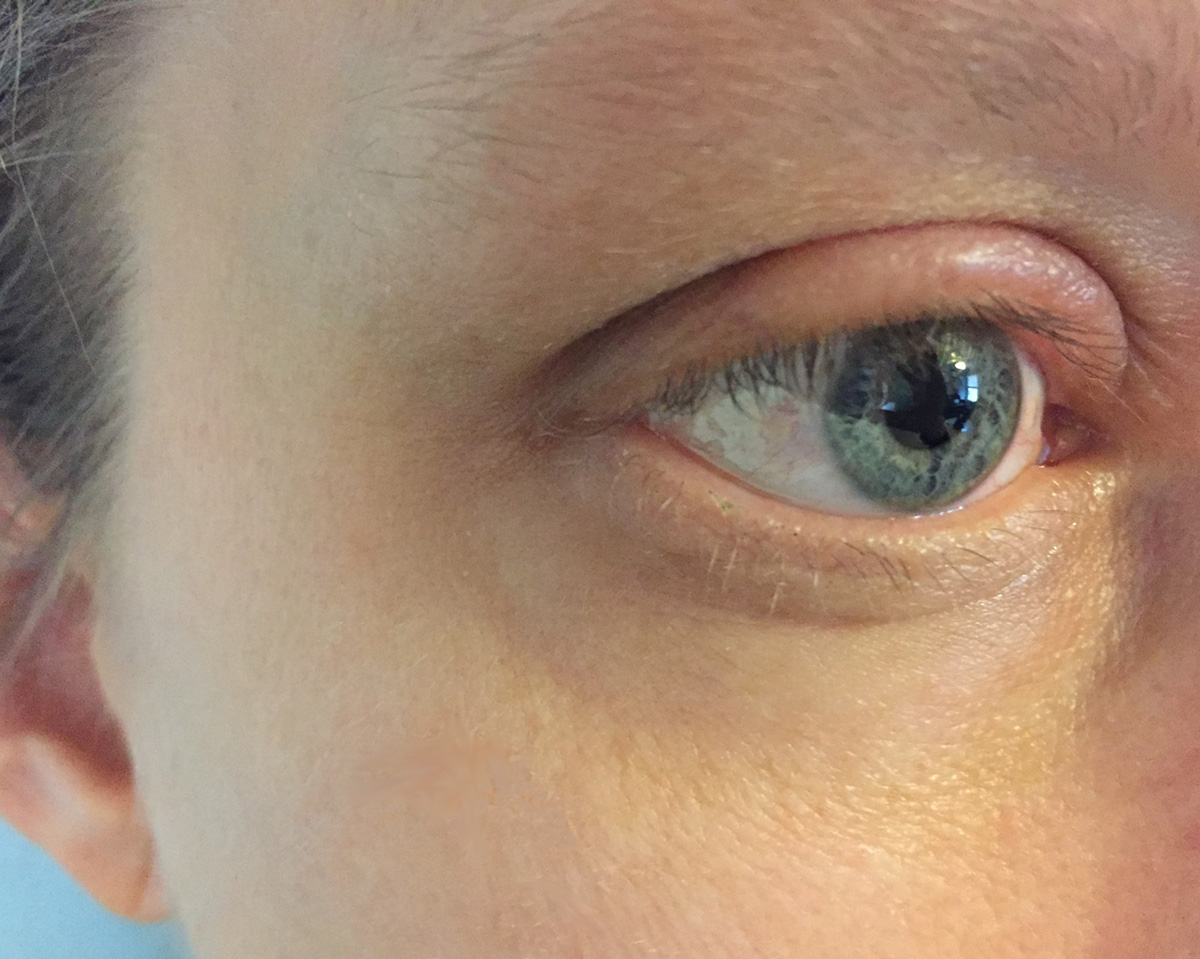
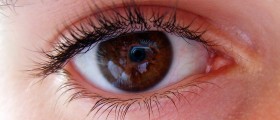

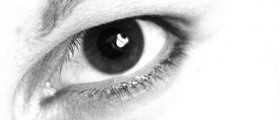





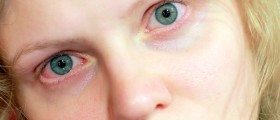


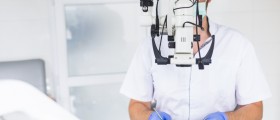

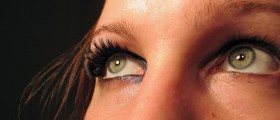
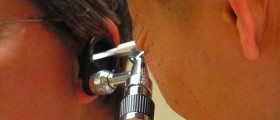
Your thoughts on this
Loading...